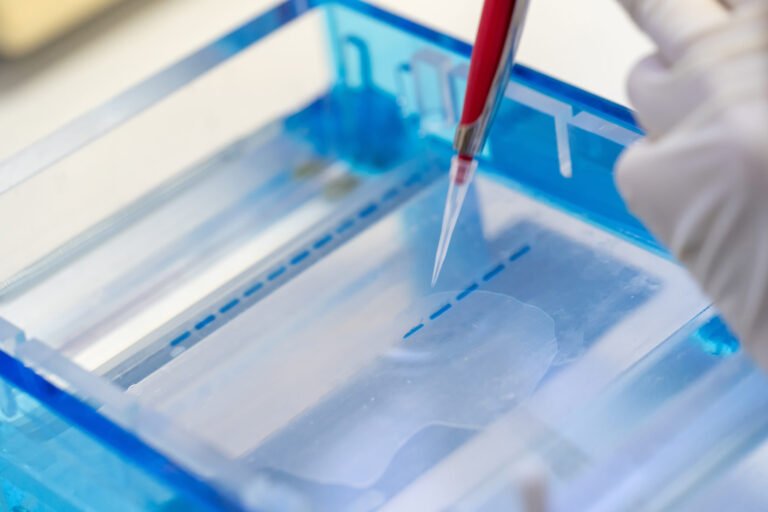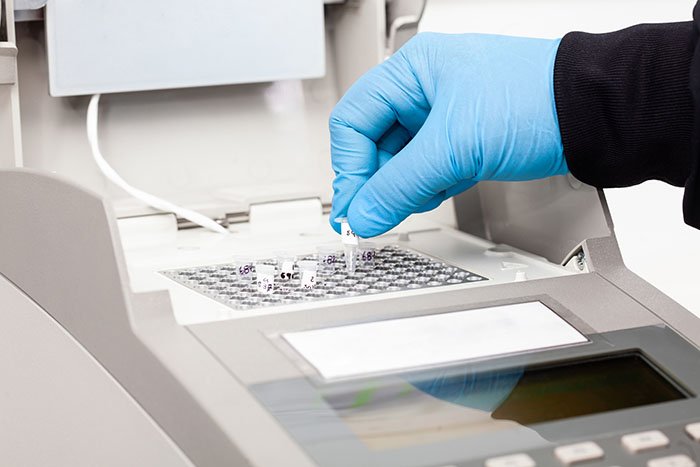Demystifying the ELISA Test: A Comprehensive Guide
Enzyme-linked immunosorbent Assay (ELISA) is a powerful and widely used technique in the field of immunology and molecular biology. It plays a crucial role in various industries, including healthcare, pharmaceuticals, and research. In this blog post, we’ll explore what ELISA is, how it works, its applications, and why it’s an indispensable tool in modern science.
Understanding ELISA
ELISA is a highly sensitive and specific assay used to detect and quantify proteins, peptides, antibodies, and hormones in a biological sample. It relies on the interaction between an antigen and an antibody, allowing for precise measurement of target molecules.
Types of ELISA
Direct ELISA: This involves immobilizing the antigen directly onto the surface, followed by binding of an enzyme-labeled antibody.
Indirect ELISA: In this variation, the antigen is immobilized, and a primary antibody specific to the target is applied. This is followed by a secondary antibody conjugated with an enzyme.
Sandwich ELISA: It involves the use of two antibodies: one immobilized to the surface and one labeled with an enzyme. This method is highly sensitive and specific, making it suitable for detecting low-abundance analytes.
Competitive ELISA: This is used when only limited quantities of one of the interacting molecules are available. It involves competition between the labeled and unlabeled forms of the target molecule for binding to a limited amount of antibody.
How ELISA Works
Coating: The first step involves immobilizing the target antigen onto a solid surface, typically a microplate.
Blocking: This step prevents non-specific binding of proteins to the surface. A blocking agent, such as bovine serum albumin (BSA) or non-fat milk, is used.
Primary Antibody Incubation: The sample containing the target molecule is added to the well. If the target is present, it binds to the immobilized antigen.
Washing: This step removes unbound molecules, reducing background noise.
Secondary Antibody Incubation: A secondary antibody linked to an enzyme is applied. This antibody recognizes the primary antibody and binds to it.
Washing: Again, unbound molecules are washed away.
Substrate Addition: A substrate specific to the enzyme is added. If the enzyme is present, it catalyzes a reaction that produces a detectable signal.
Signal Detection: The intensity of the signal is directly proportional to the amount of target molecule present in the sample.
Applications of ELISA
Clinical Diagnostics: ELISA is extensively used in hospitals and clinics to detect various diseases, including HIV, hepatitis, and autoimmune disorders.
Pharmaceutical Development: It’s crucial for drug discovery, ensuring the quality control of biopharmaceuticals, and monitoring their production processes.
Environmental Monitoring: ELISA can detect pollutants, toxins, and pathogens in environmental samples, contributing to pollution control and public health.
Food Safety and Allergen Testing: ELISA is employed to identify allergens and contaminants in food products.
Research and Development: In academia and industry, ELISA is a fundamental tool for studying protein-protein interactions, signal transduction, and biomarker discovery.
Conclusion
The ELISA test has revolutionized the way we detect and quantify specific molecules in biological samples. Its versatility, sensitivity, and specificity have made it an indispensable tool across various scientific disciplines. Whether in clinical diagnostics, pharmaceuticals, or research, ELISA continues to play a pivotal role in advancing our understanding of biology and improving human health.







